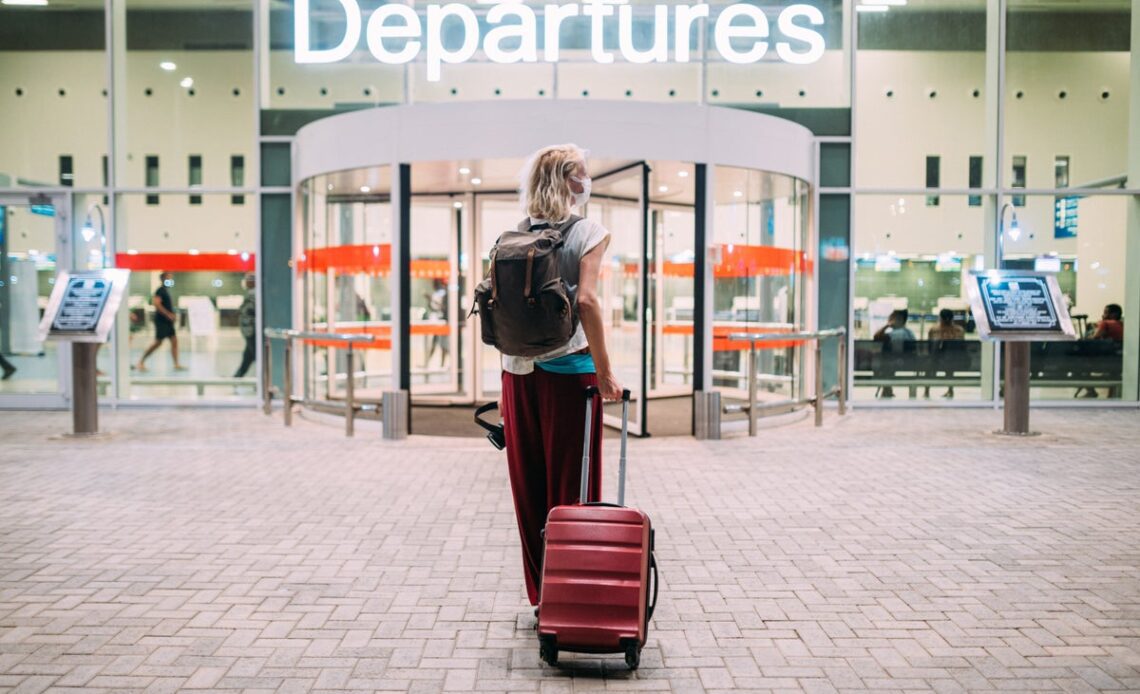Regular travellers are well-seasoned in the art of cramming what they can into a carry-on. While the size allowance of the bags you can take into the cabin is varies between airlines, the tips and tricks found on social media to utilise space in your hand luggage have helped make a three- to five-day stay (almost) stress-free.
As summer nears and the price of flights soar, no one is looking to splash any extra cash on checked baggage, but stricter rules apply to hand luggage contents – and it’s easy to get caught out.
Liquids, including drinks, cosmetics and toiletries, have been the most flagged carry-on contraband for years, with hold luggage a must to transport large shower gels, toothpaste and aerosols on holiday. To have liquids to hand on board, they must be in containers of no more than 100ml, and all of the containers must then be together in one clear and resealable plastic bag.
Exemptions to the 100ml rule include essential medicines, dietary requirements, baby milk and sealed liquids bought in duty-free. Passengers using mobility aids should inform airlines before travelling of the type of batteries fitted, and how the device can be protected against inadvertent operation while on board to avoid lithium battery restrictions.
In 2019 Boris Johnson vowed the rules would be eased at major UK airports by 1 December 2022, allowing larger quantities and eliminating the need to have liquids separately scanned. Rishi Sunak’s government extended that deadline to June 2024. But some airports have now deployed the necessary technology and are offering passengers light-touch security.
For the smoothest sailing through security, read this list to see what won’t fly when boarding with hand luggage.
Read more on UK travel:
Here are all the restricted items banned from hand luggage on departures out of the UK:
- Acids and alkalis (for example, spillable ‘wet’ batteries)
- Aerosols
- Biological hazards (for example, infected blood, bacteria, viruses)
- Camping stoves with gas or flammable liquid attached
- Catapults
- Corkscrews
- Corrosives or bleaching agents (including chlorine)
- Crossbows
- Darts
- Engines
- Explosives including detonators and fuses
- Fire extinguishers
- Fireworks, flares and other pyrotechnics
- Flammable paints
- Golf clubs
- Guns and firearms including replicas
- Harpoons or spear guns
- Heavy bats and sticks including baseball, softball and cricket…
Click Here to Read the Full Original Article at The Independent Travel…
